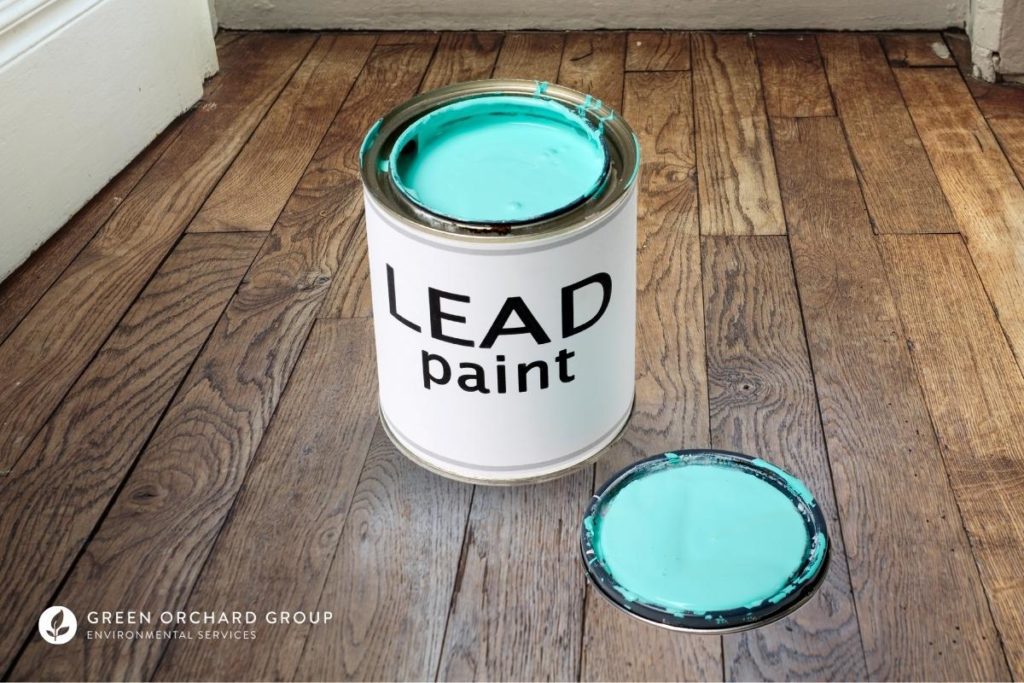
More than 50% of children in the United States under 6 years old have detectable levels of lead in their blood, according to a recent study published in JAMA Pediatrics.
The study tested 1,141,441 children living across 50 states, and the findings were published in September 2021.
Lead is a dangerously toxic metal that causes a wide range of health problems, especially for young children. The CDC, EPA, and World Health Organization all state that there is no “safe” level of lead in blood — even a tiny amount of exposure can lead to developmental delays, intellectual disabilities, and other health problems.
One of the most common sources of lead exposure is from lead-based paint, which was widely used in residential housing throughout the last century.
But due to growing evidence about the dangers of lead, the use of lead paint was eventually banned more than 40 years ago. So why is lead paint still such a huge problem today, especially in places like New York City?
Lead Paint was Banned in New York City in 1960
New York City was one of the first places to ban the use of lead-based paint. More specifically, the city’s Health Code was amended in 1960 to prohibit the sale of paint with high levels of lead intended for indoor residential use, as well as in schools and day care centers.
Lead Paint was Banned in New York in 1970
Nearly 10 years after lead paint was banned in New York City, growing public awareness and concern led to a state-wide ban on the sale of lead paint across all of New York in 1970.
Lead Paint was Banned in the United States in 1978
Federal action against lead paint came gradually, in two phases.
In 1971, the Lead-Based Paint Poisoning Prevention Act banned the use of lead paint specifically in public housing. However, lead paint continued to be widely marketed, sold, and used in private homes and buildings.
It wasn’t until 1978 that the federal government enacted a more comprehensive ban on lead-based paint. At that time, the Consumer Product Safety Commission prohibited the sale of lead-based paint containing amounts of lead greater than or equal to 0.06 percent (600 ppm).
Why Is Lead Paint Still a Problem Today?
Despite all of these bans, the threat of lead poisoning continues to endanger children and families living in New York City and across the country.
One reason for this is that the 1960, 1970, and 1978 bans only focused on stopping the sale of lead-based paint. They did not address the presence of lead paint that continues to exist today in older buildings constructed prior to 1978.
According to the EPA, 87% of homes built before 1940 still contain lead-based paint. This number decreases slightly to 69% in homes built between 1940 to 1959, and then drops to 24% for homes built between 1960 to 1977.
Although this shows that legislation was effective in lowering the chances of exposure to lead hazards in newer housing, the fact remains that a significant portion of the danger still exists.
Thus, per Local Law 1 of 2004 (also known as the Childhood Lead Poisoning Prevention Act), any paint in pre-1960 buildings in New York City is presumed to contain lead-based paint unless tested and proven otherwise.
